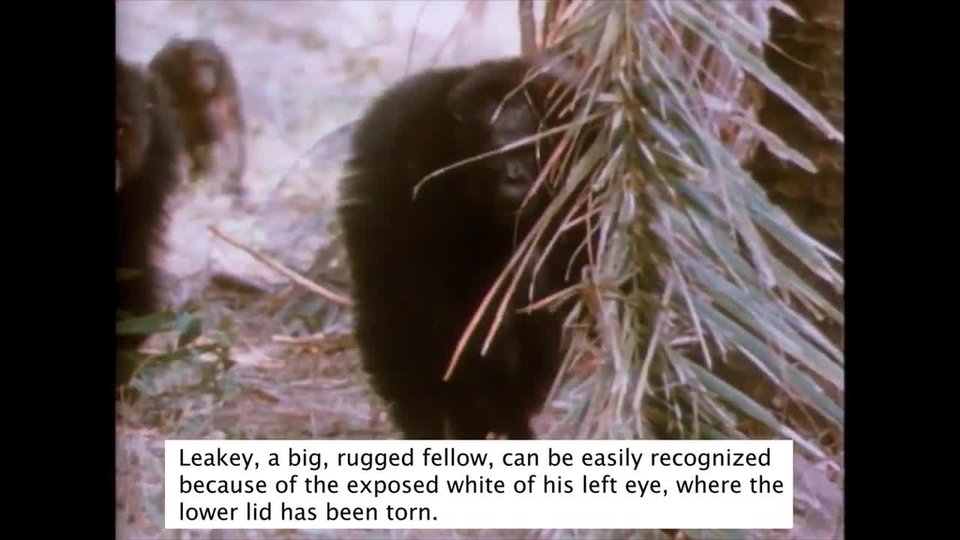DiggingforInformation
TodiscoverwhichplantswereoriginaltoWashington’stime,Boroughs’teamexcavatedthegardeninsections.Theyduglong,shallowrectanglesinseveralplaces.Theydugjustdeepenoughtoseethenaturalcluesthatlay underground.
Insomesections,thesoilwasadifferentcolorthanthesurroundingdirt.Itwasdarker.Thiswasanimportantclue.Washingtonusedrich,manure-likesoilforplantingbecauseitwasmorefertile.Basedonthelocationofthisdarkersoil,theteamcouldseeexactlywheretheoriginalplantingbeds were.
Duringtheirexcavation,theteamdugupshallowsectionsofthegardentolookforcluesinthe soil.
DiggingDeeper
Whattheteamfoundinthesoilwasevenmoreinteresting.TheplantingbedswerefullofevidencefromWashington’stime.Theyfoundpollenandseedsinthebeds.Theyalsocollectedmicroscopicplantcellsamples.Theseweresenttoaspeciallaboratorywherescientistscoulddeterminethespeciesofeachplant.Thiswasespeciallyusefultotheresearchersbecauseithelpedinformthemaboutwhetheraplantwasindigenoustotheregionorexotic.Washingtonhad both.
Importingplantsfromotherpartsoftheworldinthe18thcenturywouldhavetakenalotoftime,money,andconnections.TheplantsinWashington’sgardenwerealivingtestamenttothefactthathehadalotofmoneyand power.
